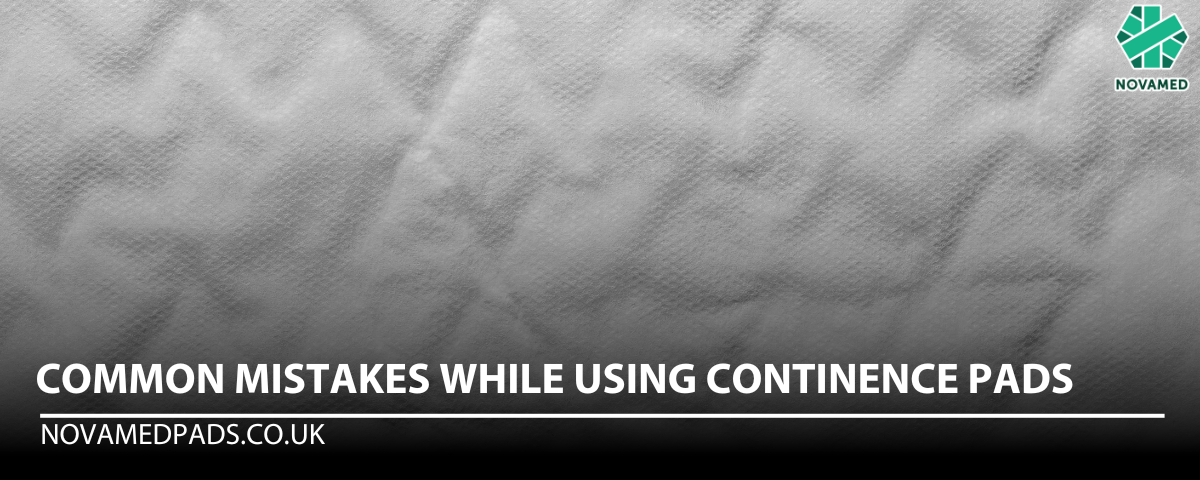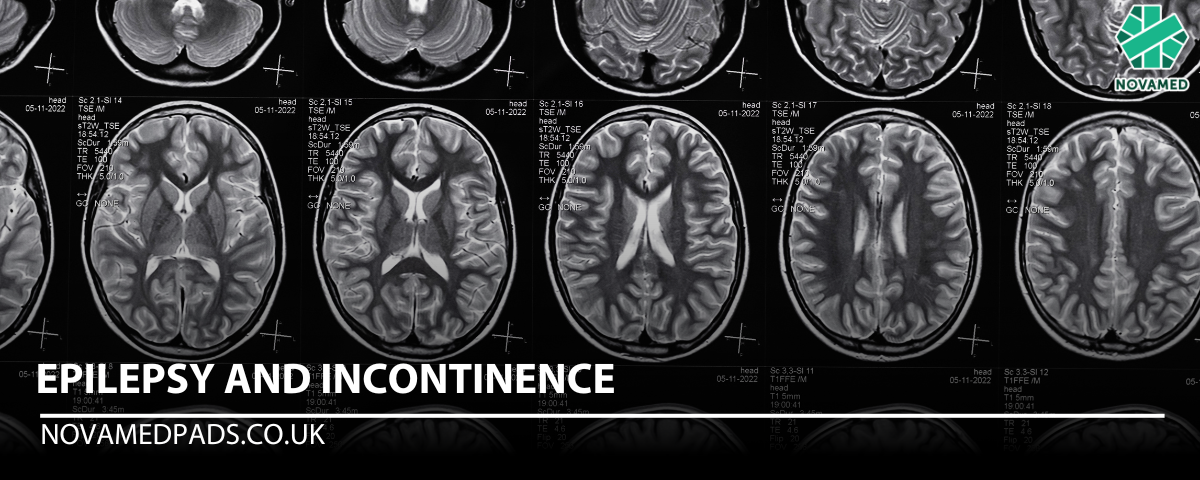
Common Mistakes while using Continence Pads
In this blog, we list the most common mistakes people make when using continence pads to manage incontinence. Avoiding these mistakes can help you improve comfort, prevent leaks, and maintain better hygiene.
Wearing a Continence Pad for Too Long
Many users of incontinence products believe they need to wear continence pads for as long as possible. However, most continence pads are designed to be efficient for up to 3 to 5 hours, with the average usage time ranging between 4 to 6 hours.
Most continence pads come equipped with a wetness indicator to help monitor the condition of the pad. When the blue writing disappears, it's a sign that the pad needs changing. Wearing continence pads for too long can lead to poor skin hygiene, cause odour issues, and increase the risk of leakage.
Tip: Change the pad once the wetness indicator disappears to prevent skin irritation and leaks.
Cutting Up or Modifying Continence Pads
Some people may try to cut or modify their continence pads to use them more than once. However, cutting continence pads disrupts the even distribution of fluff and super absorbent polymers, which compromises the pad's ability to retain liquid.
For optimal protection, it's important to choose a continence pad that fits snugly and suits your level of incontinence. A properly fitting pad ensures the liquid is absorbed and contained efficiently, reducing the risk of leakage.
Tip: Always use continence pads as intended and select the right size for your body type and level of incontinence.
Using Sanitary Pads Instead of Continence Pads
It’s a common mistake to use sanitary pads as a substitute for continence pads. Sanitary pads are designed to absorb blood, which flows more slowly compared to urine. Adult incontinence pads contain super absorbent polymers that turn liquid into gel, allowing them to absorb urine quickly and prevent leaks.
Using a sanitary pad in place of a continence pad often leads to leakage because they cannot manage the faster flow of urine effectively.
Tip: Always use dedicated continence pads rather than sanitary pads to manage incontinence.
Wearing Double Continence Pads
Some people assume that doubling up on lower absorbency continence pads will provide better protection. However, this is not the case. Continence pads have a hydrophilic top layer that absorbs liquid and a hydrophobic bottom layer to prevent leakage. Wearing two pads will not increase absorbency; instead, it can lead to leaks once the top pad reaches its absorption capacity.
Tip: Choose a continence pad that is designed to manage your level of incontinence and fits your body shape.
Wearing the Wrong Continence Pad or Wearing It for Too Long
Choosing the wrong incontinence product or wearing it for too long can result in discomfort, poor hygiene, and leakage. It’s crucial to consult with a medical professional to determine the right product for your specific needs.
Most continence pads and adult incontinence pants come with a wetness indicator. Once the blue writing disappears, it’s time to change the pad. Sitting on a soiled pad can cause skin irritation and increase the risk of infection.
Tip: Follow the instructions on the continence pad packaging for how to wear and dispose of them properly.
Feel free to explore our full range of incontinence solutions here!
Bladder and bowel incontinence may be caused by conditions which can be treated medically. Please consult your physician for medical advice and guidance.




